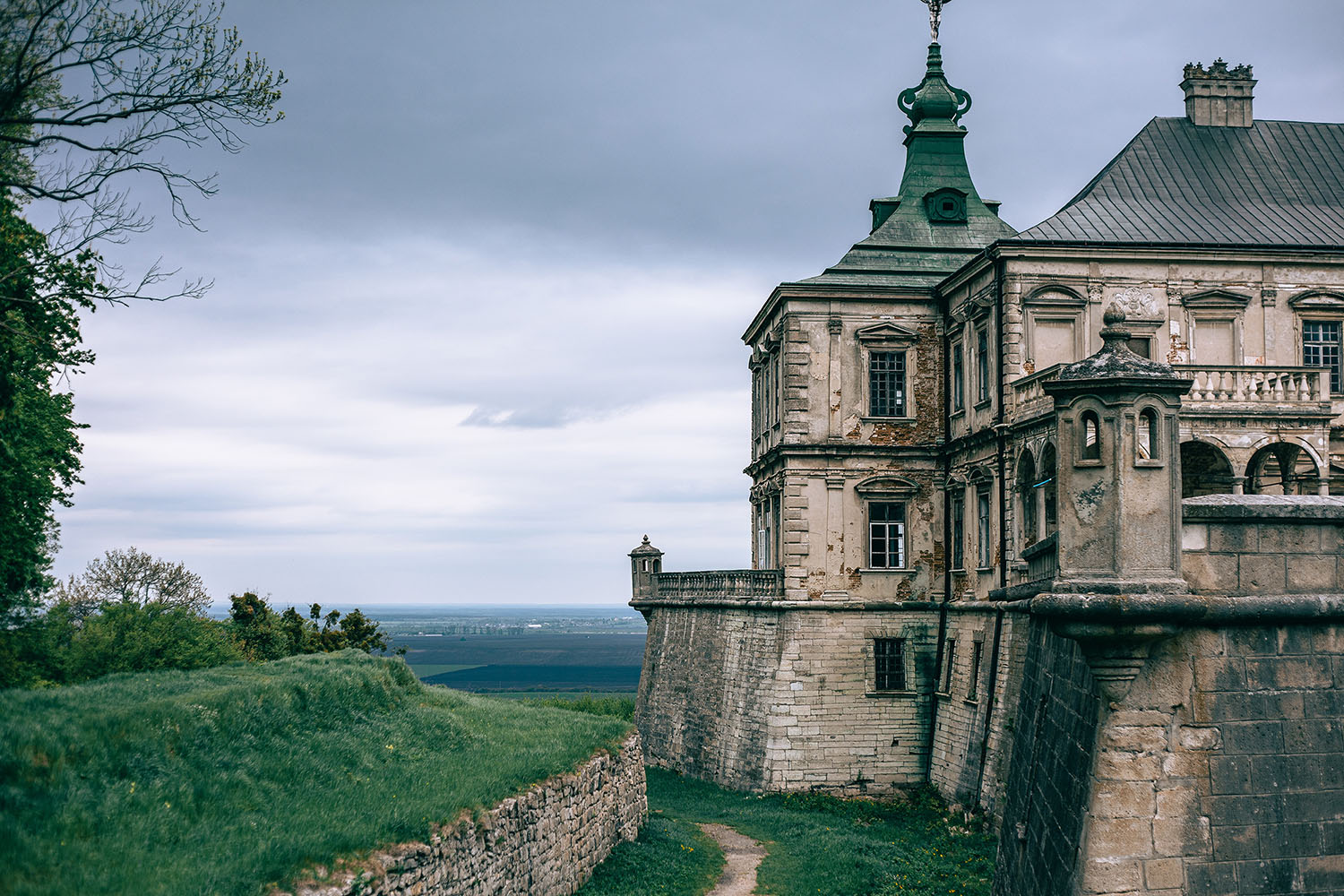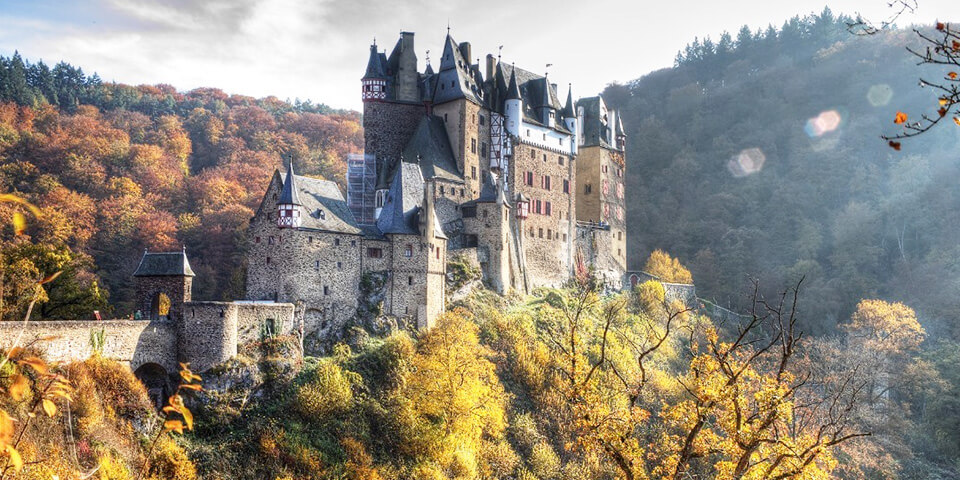The most important elements of the castle and “traps” for the enemy
The castle of the Middle Ages with its fortifications, which have a certain defensive purpose, is not today’s rich “antique” house. A medieval castle is a formidable, often gloomy fortress with towers and sentries warily looking around from their eye sockets.
The towers were built hollow, inside they were divided into floors by ceilings made of wooden boards with a hole in the center or side. A rope passed through them to raise shells to the upper platform in case of defending the castle.
The stairs were hidden behind partitions in the wall. Take a look: each floor is a separate room in which the soldiers were located. For heating, a fireplace was often arranged in the thickness of the wall, in which, by the way, it was possible to cook game on a spit …
The only openings in the tower that connected with the outside world were loopholes for archery. Long and narrow openings, they expanded into the room. Usually the height of such loopholes is 1 meter, and the width is 30 cm outside and 1 meter and 30 centimeters inside. This design prevented enemy arrows from getting inside, and the defenders were able to shoot in different directions.

For archers, loopholes were long narrow slots in the wall, and for the crossbowman, short loopholes were intended, expanding to the sides. They were often called keyholes.
There were also loopholes of a special form – spherical. They were wall-mounted, freely rotating slotted wooden balls. They provided the shooter with maximum protection.
The number of loopholes was supposed to frighten the enemy, who understood that the more loopholes, the more defenders, the stronger the defense, of course.
As contemporaries of the events of the Middle Ages, historians and even tourists write, the presence of loopholes became especially relevant during a war or siege, since it was not visible in a narrow vertical hole whether the shooter was behind it or not. The height of some loopholes was even calculated taking into account this circumstance.
What is interesting for us is the fact that loopholes in the walls were not common in Europe until the 13th century, since it was believed that they could weaken their strength. But, regardless of their purpose, loopholes have become an obligatory attribute of medieval castles since the 13th century.
Secrets of the spiral staircase.
The time of appearance, and then the heyday of the technique of constructing a spiral staircase is considered to be the Middle Ages. Trying in every possible way to complicate the life of their enemies, the knights adapted spiral staircases to all structures, and the screw always twisted clockwise.
When attacking to the top of the tower along such a ladder, a large number of troubles awaited: steps turning around their axis, a narrow passage, no place to swing a sword, an open space for an attack from above, repeated at every bend. Under such conditions, even a very modest garrison is able to hold their positions without loss, which would be impossible on an ordinary staircase.
You can’t shoot a bow from a crossbow, you can’t break through a ladder with a spear, a sword, and the holes in the steps made it possible to assess the situation, watch the besieging enemies making their way upstairs, and finally break their legs.
However, there is a castle in Europe in which the stairs are twisted counterclockwise. This is the ancestral home of Count Wallenstein in Bohemia. The fact is that this ancient and warlike family became famous not only for resounding victories and generals, but also for its left-handed warriors…

In the Middle Ages, only privileged guilds of craftsmen had the right to build a spiral staircase. Drawings, sketches of stairs and even indirect indications of who and where built the “cunning” structure were kept by artisans in the strictest confidence.
Knightly swords (for the most inquisitive).
From the 12th century girdling with a sword and blessing this weapon became an obligatory part of the knighting rite. Like a king, a knight was charged with protecting the world from foreign invaders, protecting the church from pagans and enemies of the Christian faith. It is no coincidence that sacred inscriptions and religious symbols appeared on the blades of medieval swords, reminiscent of the high service of a Christian warrior, his duty to God and civilians, and the sword hilt often became an ark for relics and relics.
Throughout almost the entire Middle Ages, the general shape of the sword changed little: it invariably resembled one of the main symbols of Christianity – the cross. Very important in its essence was the question of the geometry, profile of the blade and its balancing: swords are adapted for stabbing or chopping combat techniques. The cross-sectional shape of the blade also depended on the use of this sword in battle.
